To start with, Windows 10 operating system is known for its versatile user experience. But the good things also come with several issues or errors and so the Windows 10 platform. Most Windows users experience driver errors, crashes, software-related errors, blue screen of death errors, etc. Meanwhile, the DRIVER UNMAPPING INVALID VIEW error is appearing a lot to the users.
If you’re also facing the same problem, make sure to check out this guide to fix it. Well, now you may ask what is DRIVER UNMAPPING INVALID VIEW error? It’s one of the Blue Screen of Death errors that can trigger your computer to crash randomly and the system will reboot forcefully to prevent any kind of damage.
It’s quite common that after installing new hardware or software. Additionally, any kind of driver-related issues or hardware issues can also trigger such an error. Meanwhile, if you’re having any Windows registry issues that can also occur several errors.
Also Read
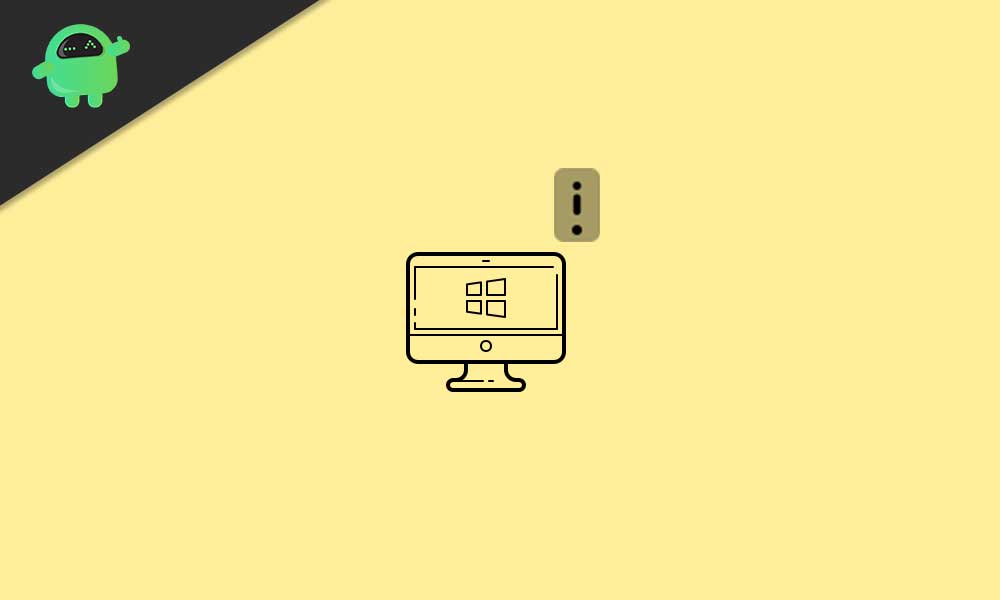
Page Contents
How to Fix DRIVER UNMAPPING INVALID VIEW error
Although there is no permanent fix available yet for this error, we’ve shared a couple of workarounds that should help you to completely resolve the Driver_Unmapping_Invalid_View error on your Windows 10 computer. Now, without further ado, let’s get into it.
1. Install Pending Windows Updates
To be very specific, if you haven’t updated your Windows OS build for a while, that can be another reason behind such a BSoD error. So, it’s highly recommended to install all the pending Windows updates on your computer to avoid such issues.
- Press Windows + I keys to open Windows Settings.
- Click on Update & Security > From the Windows Update section, click on Check for Updates.
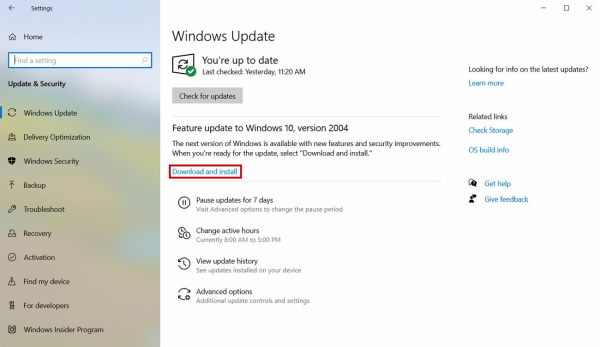
- If there is an update available, make sure to click on Download and Install.
- Once done, reboot your computer to apply changes.
- Finally, you can check for the error again.
2. Clear Invalid Registry Entries
It seems that some of the invalid Windows registry entries can also trigger several errors or crashes on your computer. To fix this issue, you will need to clear the invalid registry entries properly. You can use the third-party CCleaner or Restoro tool for your PC/Laptop to do the same. It’ll also help you to clear all temporary files to speed up your system.
3. Check Your Hardware
Well, the Blue Screen of Death errors can appear quite often by any kind of hardware-related issue something like RAM. So, you can check out whether the RAM sticks or RAM slots are faulty or not.
If in case, your RAM is working well, make sure to check other hardware components like CPU, GPU, cooling fans, etc. Additionally, you should also check whether the hardware components have dirt/dust or not. If yes, clean it gently using the air blower or a brush. Meanwhile, overheating issues can also increase the temperature which basically conflicts with Windows performance.
4. Update Display Driver
Updating the display driver is really necessary if your Windows 10 system is having blue screen-related errors which can happen due to the outdated graphics driver version or an incompatible graphics driver. To do this:
- Press Windows + X keys to open the Quick Access Menu.
- Now, select Device Manager > Double-click on Display adapters to expand it.
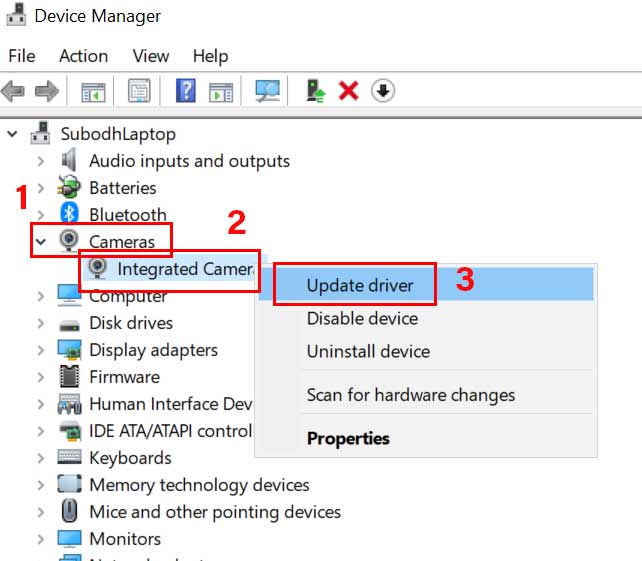
- Right-click on the active or dedicated graphics card > Select Update driver.
- Choose Search automatically for drivers > If there is an update available, it’ll automatically download and install the update.
- So, let the process to complete. Once done, restart your system.
5. Run Blue Screen Troubleshooter
Obviously, if you’re encountering BSoD errors then it’s highly recommended to run the Blue Screen Troubleshooter utility on your Windows 10 system to check for the issue and fix it automatically. To do that:
- Press Windows + I keys to open Windows Settings.
- Click on Update & Security > Now, click on Troubleshoot from the left pane.
- Choose the Blue Screen option > Click on Run the troubleshooter.
- Follow the on-screen instructions to complete the process.
- Once done, make sure to restart your computer to apply changes.
Read More: How to Fix ndu.sys BSOD Error on Windows 10
6. Run Windows Memory Diagnostic Tool
It’s a built-in utility tool that checks and trying to repair any kind of Windows memory-related issues automatically. This method is highly recommended to quickly resolve the memory-related BSoD error.
- Click on the Start Menu > Type Windows Memory Diagnostic.
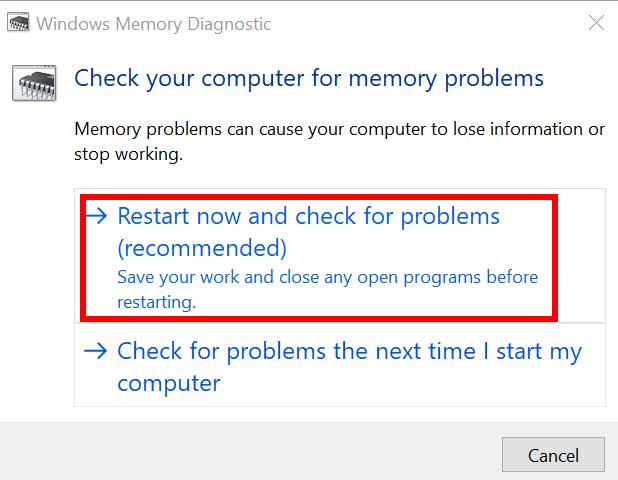
- Now, open it from the search result > Choose Restart now and check for problems.
- Your Windows system will restart automatically and try scanning then repairing the memory issues by itself.
- This process may take some time. So, have some patience until the system starts up and completes the diagnosis.
7. Perform a Clean Boot
It can possible that any of your installed third-party programs are conflicting with the system functionalities that can cause blue screen errors or memory-related errors whatsoever. So, it’s highly recommended to perform a clean boot in order to disable third-party programs from running in the background. To do this:
- Press Windows + R keys to open the Run dialog box.
- Now, type msconfig and hit Enter to open the System Configuration window.
- Go to the Services tab > Tick the Hide all Microsoft services checkbox to enable it.
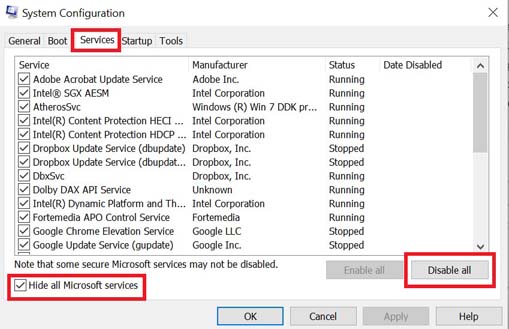
- Check all the services from the list and click on Disable all.
- Click on Apply and then OK to save changes.
- Now, click on the Startup tab > Click on Open Task Manager.
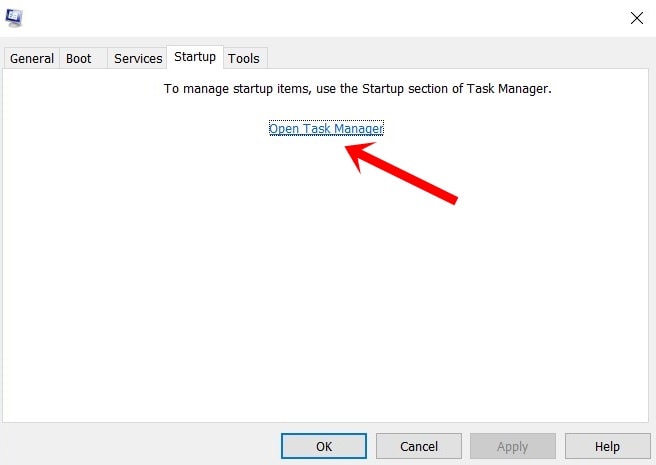
- Under the Startup tab, click on each program which are consuming higher system resources and click on Disable. (Select and disable individually)
- Close all programs which are currently opened.
- Reboot your computer to apply changes.
- Finally, you can check for the DRIVER UNMAPPING INVALID VIEW error.
8. Use DISM
Deployment Image Servicing and Management (DISM) is a command-line tool that can be used to mount and service Windows images before deployment. To do so:
- Click on the Start Menu and type cmd.
- Now, right-click on Command Prompt from the search result.
- Select Run as administrator > If prompted, click on Yes to give admin privileges.
- Once the command prompt window opens, type the following command and hit Enter to execute it:
DISM /Online /Cleanup-Image /CheckHealth
- Then type the following command and press Enter:
DISM /Online /Cleanup-Image /RestoreHealth

- Now, wait for the process to complete and exit the command prompt.
- Finally, restart your computer once and try checking the DRIVER UNMAPPING INVALID VIEW Error in Windows 10 again.
9. Run SFC
System File Checker (SFC) is a utility tool in Microsoft Windows that allows users to scan for corrupted Windows system files and restore them automatically. To do that:
- Click on the Start Menu and type cmd.
- Now, right-click on Command Prompt from the search result.
- Select Run as administrator > If prompted, click on Yes to give admin privileges.
- Once the command prompt window opens, type the following command and hit Enter to execute it:
SFC /scannow

- Now, wait for the process to complete.
- Make sure to restart your computer and you’re good to go.
10. Reset This PC
It seems that none of the methods worked for you and that’s why you’re following the final workaround in order to fix the DRIVER UNMAPPING INVALID VIEW error in Windows 10 on your Windows 10 computer. Well, it’s none other than restoring your Windows 10 firmware to its default factory state.
It can be performed whenever your Windows system seems to experience multiple performance issues or any kind of driver or memory-related issues.
- Press Windows + I keys to open Windows Settings.
- Click on Update & Security > Click on Recovery from the left pane.
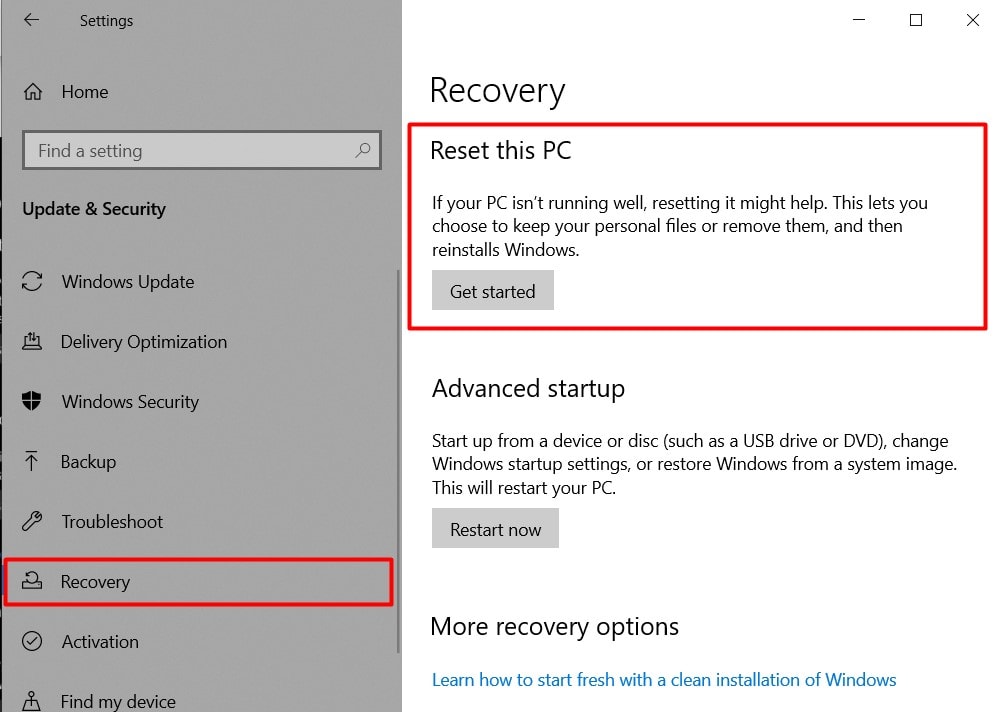
- Now, click on the Get started button under the Reset this PC option.
- Make sure to choose Reset everything.
- If required, you’ll need to insert the Windows 10 installation media.
- Choose Only the drive where Windows is installed > Select Just remove my files.
- Click on the Reset button and follow the on-screen instructions to complete the process.
- Once done, restart your computer > You’re done.
We assume this guide was helpful to you. For further queries, you can comment below.
